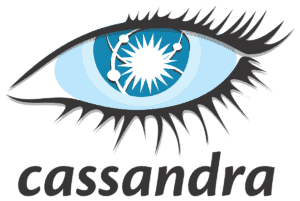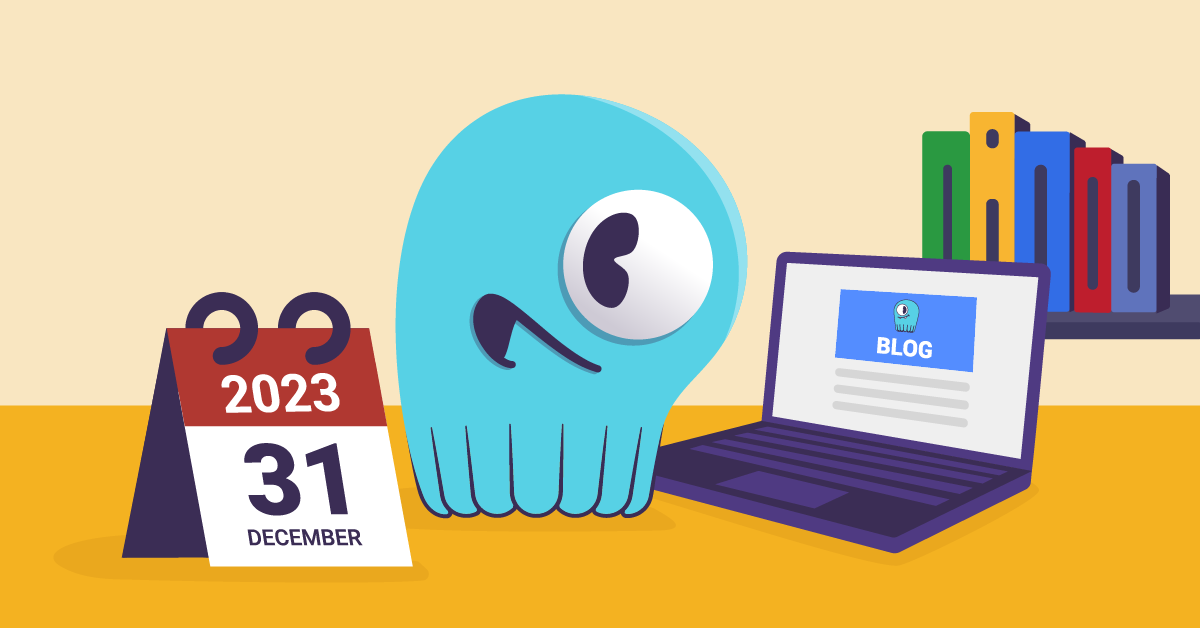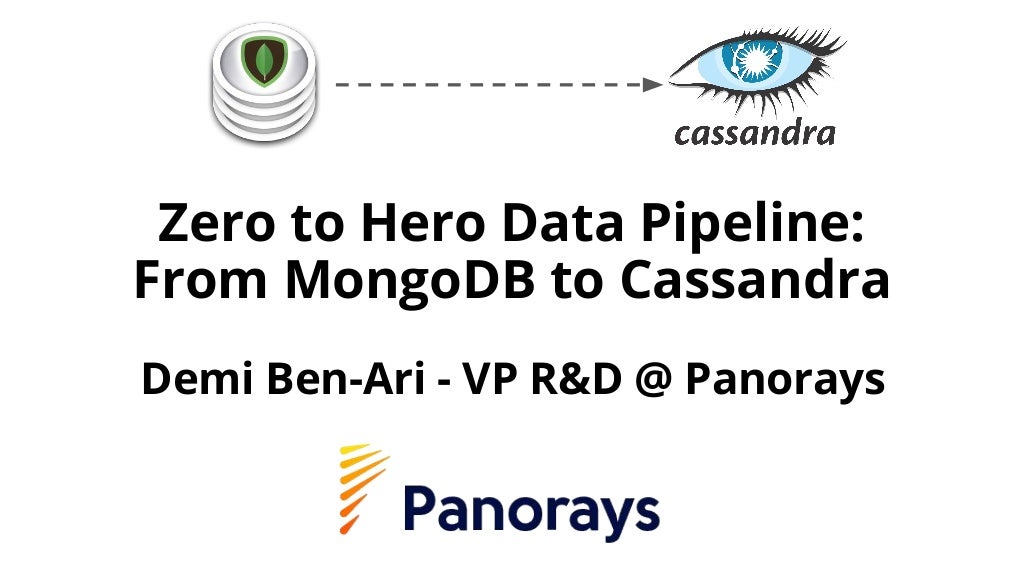Cassandra vs MongoDB – What’s the Difference (Pros and Cons). This article is about comparing NOSQL databases which are Cassandra vs MongoDB with their respective pros and cons and a detailed comparison of them both. Let’s start.
Database management systems (DBMS) are used to store, manage and retrieve data in databases. It offers flexibility in creating, reading, updating and deleting the data stored in specific locations of a database.
DBMS provides various services such as data sharing and transaction processing, ACID compliant architecture, user management with multi user environment, parallel data manipulation and security to eliminate threats. Cassandra and MongoDB are two of the most popular DBMS among other database management systems.
Apache Cassandra is an open source, Java based database management system. It is a NoSQL database commonly used for real time data management and handling large amounts of data. Cassandra is preferred over traditional databases as it does not use tables or relationships to store data. It makes Cassandra much more convenient in dealing with large quantities of data.
IBM, Facebook, Netflix, Instagram, Spotify are a few leading organizations that use Cassandra as their database management system.
Apache Cassandra is a distributed database. It consists of nodes and each node represents one instance of the database. If you need to expand, you can add more nodes.
- It is an open source tool.
- High scalability. It can be scaled up or down conveniently.
- High availability and offers data replication.
- Provides faster responses in milliseconds.
- Fault tolerant. Hence the failure of one node will not affect the others at a shot.
- Can be used to manage large amounts of data due to its high performance.
- Hassle free design as it does not require schemas with column rows .
- Hybrid cloud support is offered as it is designed to be deployed across multiple data centers.
- There won’t be a single point of failure as it uses peer to peer architecture instead of master slave.
- The ability to assign individual users and several roles.
- There can be issues in managing JVM memory due to the high storage needed to store bulky data.
- Not ACID (atomicity, consistency, isolation, and durability) compliant.
- Not supporting aggregates.
- The same data can be stored multiple times as no schemas or relationships are used.
- Data reading tends to be slower as Cassandra is optimized for faster writing.
- Lack of Apache documents. Thus users need to look for those documents of other companies.

MongoDB is another open source database management system written in javaScript, JSON like documents. It is commonly used in high speed data logging applications and real time data management activities. Additionally, MongoDB is used for mobile applications, IoT applications, and content management systems.
Records used in MongoDB consist of Documents with a structure of field and value pair. These documents use BSON for scripting. BSON is quite similar to the JAvascript notation.
eBay, Cisco, Facebook, and Adobe are a few companies that use MongoDB for their developments.
MongoDB supports horizontal scaling with sharding.
- An open source database management system.
- Cross platform support.
- Hassle free, agile and flexible since it doesn’t have schema or relationships in its architecture.
- Does not have complex JOIN queries.
- Faster in accessing as currently used data is stored in the internal memory.
- Supports deep querying and dynamic querying on documents. MongoDB Query Language (MQL), which is as powerful and useful as SQL, is used for querying data.
- Easily scalable.
- The ability to index any attribute.
- Clear and structured definition of objects.
- Easily converts application objects into the objects of the database.
- Supports in memory or wired storage systems (WiredTiger).
- User access can be set for each object.
- MongoDB does not have triggers as it is not a relational database management system.
- Not supporting transactions.
- Not having automatic disk space clean up. You need to clean it or restart it manually.
- Complexities in joining two documents. Thus it is hard to perform complex queries.
- Speed of the database drops if the indexes are not properly implemented and ordered.
- Requires more storage capacity than other popular NoSQL databases
In this part of our comparison about Cassandra vs MongoDB – What’s the Difference, let us see the main differences:
Both MongoDB and Cassandra are free and opensource database management systems. A few third party vendors offer enterprise level Cassandra and MongoDB, which are available on subscription models. Both DBMS can be deployed in public clouds as well as the marketplace.
Cassandra uses CQL (Cassandra Query Language), which is similar to SQL.
While both Cassandra and MongoDB are NoSQL databases, Cassandra is much closer to a traditional relational database management system with its data storage method. It offers flexibility to create tables and columns. The difference between MongoDB and the traditional tabular system is that rows of MongoDB do not need to have the same columns. Each row can have different columns.
On the other hand, MongoDB is an object oriented database management system. It supports multiple object structures. It is more convenient and flexible than Cassandra as it uses BSON to store data instead of schemas. There are also ways to store data with schemas while they are not commonly used.
Aggregation helps to run complex queries on databases. There is no aggregation framework in Cassandra. Therefore you need to use third party tools like Spark and Hadoop to accommodate aggregation in Cassandra when required.
Luckily, MongoDB has a built in aggregation framework. Therefore it supports running pipelines to aggregate the data stored in databases. However, one drawback of this built in aggregation framework is that its scope is limited to mid traffic scenarios. The more you scale, the more the aggregation becomes complex.
Cassandra has great scalability in writing as it allows using multiple master nodes and predefining the cluster size (number of nodes in a cluster). The higher the number of nodes, the higher the scalability of the database. This feature also benefits in fault tolerance. Since there are multiple master nodes, any of them can be used for writing if one master fails.
In contrast, MongoDB has a single master node. The other nodes will perform as slave nodes as MongoDB uses the master stave architecture. The Master node can be used to write data while all the other slave nodes are used for reading operations. Therefore MongoDB is not as scalable as Cassandra. However, the scalability of MongoDB can be improved using MongoDB sharding. Moreover, MongoDB does not support fault tolerance as it has a single master node.
The speed of a database depends on many factors such as resources, workload, input and output load, throughput, resources and architecture. When considering all these facts, we can say that Cassandra has reportedly scored higher in performance than MongoDB.
This graph shows the average latency comparison of MongoDB and Cassandra.
Secondary indexes are used for accessing data without a key attribute. Unfortunately, Cassandra does not offer complete support for secondary indexes. Instead of that, Cassandra uses primary keys.
On the other hand, MongoDB uses indexes in querying and offers support for secondary indexes. Hence querying is faster and more convenient with MongoDB as it allows querying any fields/features of an object or even nested objects.
Both MongoDB and Cassandra have their pros and cons. MongoDB is one of the most popular open source NoSQL databases, but wide column databases like Cassandra may provide better query performance and always on capabilities.
So the best choice always depends on the requirements and priorities in your development. Schema less architecture is well suited for frequent logging and caching tasks dealing with many unstructured data. Cassandra will be a good choice if you value scalability. On the other hand, MongoDB is the better choice if you need to have fast queries. Since we have discussed all the pros, cons, and differences, it will be easier for you to make the right choice.











